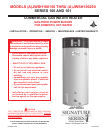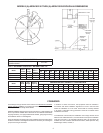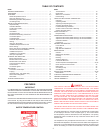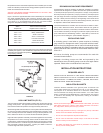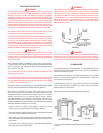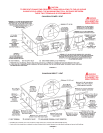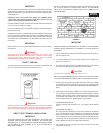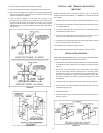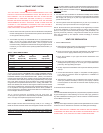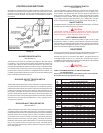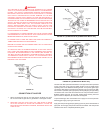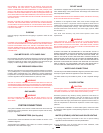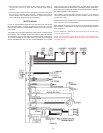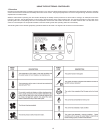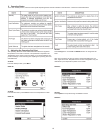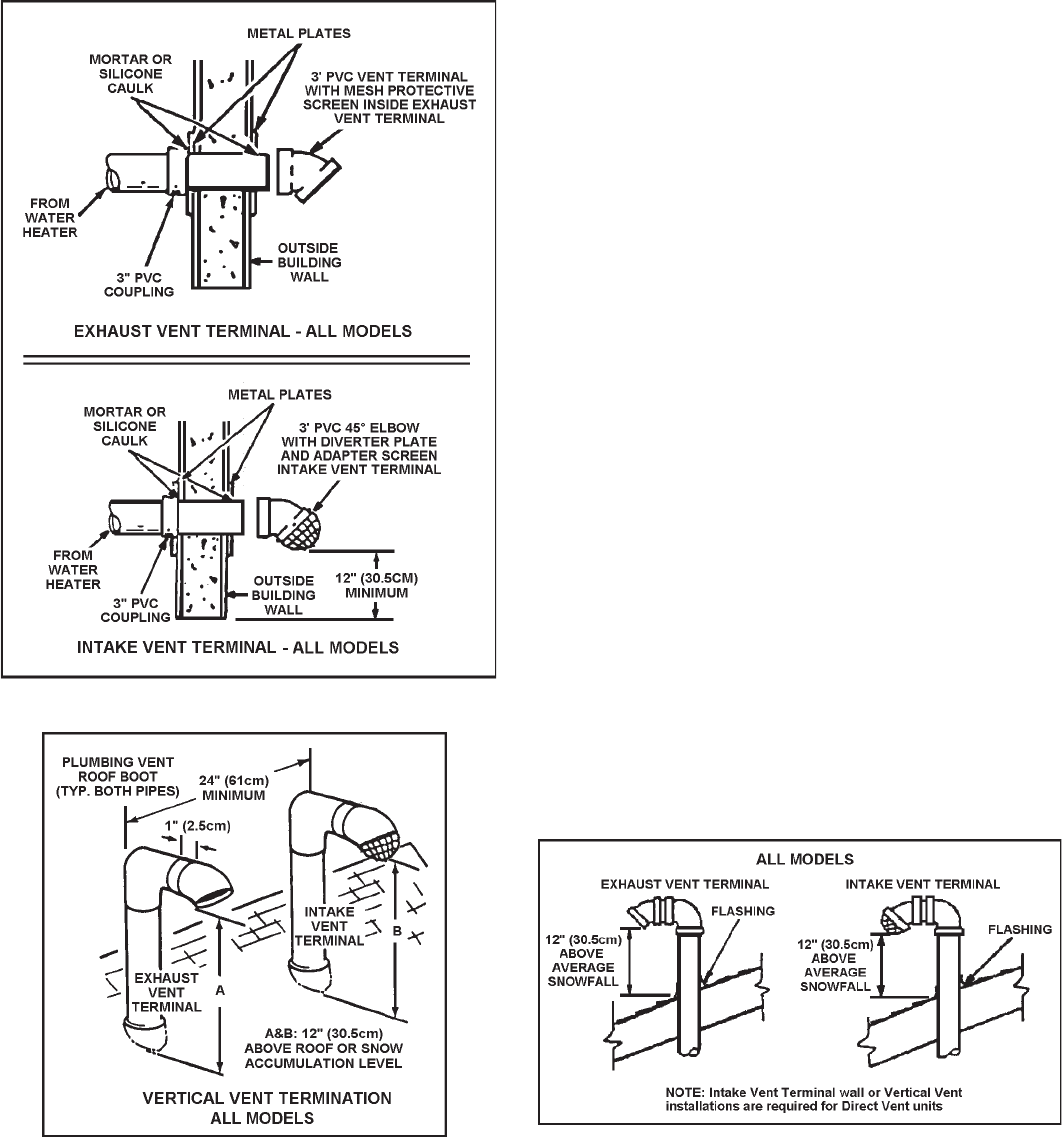
9
5. Glue the intake vent terminal to the section of the pipe.
6. Slide the wall plate over the pipe to stop against intake vent terminal.
7. Place a bead of caulking (not supplied) around the gap between the pipe
and the wall. Place some of the caulking on the back of the plate to hold
it against the wall after installation.
8. If the vent pipe is installed up to the wall, with a coupling on the
end against the wall opening, the pipe with the vent terminal can be
prepared for gluing before inserting through the wall. Slide the pipe
through the wall and insert into coupling on the other side of the wall,
making sure that the vent terminal ends up pointed in the correct position
(See Figure 9).
FIGURE 9.
FIGURE 10.
VERTICAL VENT TERMINAL INSTALLATION
IMPORTANT
WHEN TERMINATING THROUGH A ROOF, THE FOLLOWING
SPECIFICATIONS PERTAINING TO TERMINAL LOCATION MUST BE
FOLLOWED.
1. Proper support must be provided for all pipe protruding through the roof.
2. The vertical roof terminations should be sealed with a plumbing roof boot
or equivalent ashing.
3. The intake vent termination and the exhaust vent termination must
penetrate the same side of roof.
4. The center line of the intake vent termination and the center line of the
exhaust vent termination must be no closer than 24" (61cm).
5. The intake vent terminal and the exhaust vent terminal must be oriented
facing downward and the same direction.
The specications are displayed in Figure 10 & 11.
NOTE: Exhaust vent terminal is installed using the same procedure.
INSTALLATION SEQUENCE
NOTE: BEFORE BEGINNING INSTALLATION OF ANY VENT PIPE, READ
“VENT PIPE PREPARATION” SECTION ON PAGE 12.
1. After the points of termination have been determined, use the cover plates
as templates to mark the holes for the vent pipes to be inserted through
the roof.
2. Drill a pilot hole approximately 1/4" (6 mm) outside of the marked
circle. This pilot hole is used as a starting point for a saws-all or sabre
saw blade. Cut around the marked circle staying approximately one
quarter inch outside the line. (This will allow the vent pipe to easily slide
through the opening). The resulting gap will be covered by the roof
boot/ashing.
3. Suspend the pipe through the center of the hole using proper support.
4. Slide roof boot or equivalent ashing over pipe and secure roof boot
equivalent ashing to roof.
5. Seal around ashing.
6. Terminate intake terminal and exhaust vent terminal facing down as
shown in Figure 11.
FIGURE 11.



